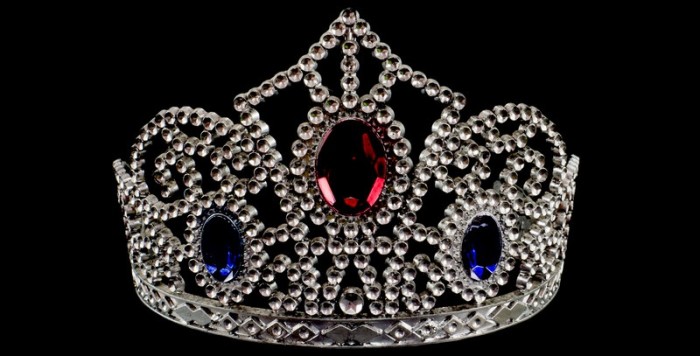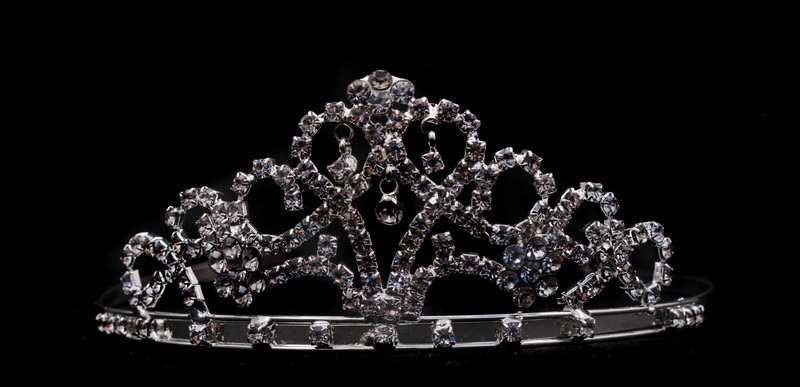A Crown Jewels Worth And The History You Don’t Know

When we hear the words, “crown jewels,” the first thing that comes to mind is probably the Crown Jewels of England that are probably worth more than anyone could ever imagine. The Crown Jewels consist not only of items that are worth a lot including precious stones, several crowns (St. Edward’s and the Imperial State Crown), the Sovereign’s Scepter with Cross (including the Great Star of Africa, the world’s largest colorless cut diamond), and the Coronation Spoon which is well over 800 years old, but a lot of history as well.
In comparison with the crown jewels, what is the worth for all of the other countries who have had such a precious treasure passed down from one ruler to the next? What is the story behind the ornate decorations for each piece of the collection?
Austria
The Crown Jewels of Austria date back to medieval years from more than 1,000 years ago during the reign Otto I of the German Empire and are considered symbols of the Holy Roman Empire and the Empire of Austria. The Crown Jewels include:
- Imperial Orb
- Scepter
- Sword
- Holy Lance
- Crown of the Austrian Empire
The most important piece to the Crown Jewels of the Austrian Empire is the coronation crown (which was originally titled as the Crown of Rudolf II). It is made out of pure gold and decorated with sapphires, pearls, rubies, spinel rubies diamonds, and fine velvet. The jewels are kept at the Imperial Treasury (Schatzkammer) in the Hofburg Palace of Vienna, Austria.

Denmark
The Danish Crown Regalia includes three crowns, a scepter, an orb, a sword of state, and an ampulla. The orb is actually a globus cruciger that symbolizes Christ’s ruling over the world. The ampulla is used to pour out the oil that anoints a new ruler during a coronation ceremony. The three crowns include the crown of Christian IV, Christian V, and the queen’s crown. Christian IV’s crown is decorated with gold, diamonds, and pearls.
Christian V’s crown is decorated with eight acanthus leaves that are decorated with diamonds with one large table cut diamond and a blue sphere tops the crown. Not all queens used to wear crowns at their coronation such as Charlotte Amalie of Hesse-Kassel but other queens did.
The queen of Christian VI had a new crown made for her that was similar to the crown of Christian V but taller and slender. The ampulla is beautifully decorated with different flowers and table cut diamonds.
Germany (Bavaria, Prussia)
The Crown Jewels of Germany come from two former regions, Bavaria and Prussia. Prussia and Bavaria joined the German Empire (Deutsches Reich) in 1871. The Prussian Crown Jewels include two different crowns and a scepter for the coronation ceremonies but discontinued to use them once the emperor of Prussia became the new ruler of the German Empire.
The Crown Jewels, especially the coronation crown, are more extravagant than the Prussian crown. The crown for example is set with rubies, emeralds, diamonds, pearls, and sapphires. Tourists can see the Crown Jewels at the Charlottenburg Palace in Berlin, Germany.
Probably the most interesting part of the Crown Jewels of Bavaria collection is the Palatinate Pearl which is rare because it is a naturally black and white pearl instead of just one color. The Palatinate Pearl is set in a bed of leaves, flowers and between two diamond encrusted snakes. This rare pearl is not displayed with the rest of the jewels, but those that are on display can be seen at the Residenz Palace in Munich, Germany.
Czech Republic (Bohemia)
The original Bohemian/Czech Crown Jewels are not on public display, but there are replicas at the former royal palace of the Prague Castle. There are seven different keys that are used to open the Crown Jewels chamber. To unlock the chamber, the following seven officials must meet to open it:
- President of the Republic
- Prime Minister
- Prague Archbishop
- Chairman of the House of Deputies
- Chairman of the Senate
- Dean of the Metropolitan Chapter of St. Vitus Cathedral
- Mayor of Prague
Every piece of the collection is very ornate with religious symbols. For example, the Royal orb or Royal Apple is decorated with different scenes from the Old Testament and Book of Genesis.
The crown has a different design than other monarchies because the design includes fleurs-de-lis on all sides and it’s claimed that within the cross at the top of the crown contains a thorn from the crown of thorns that Jesus wore when he was crucified. The original crown includes the following exact numbers of gemstones:
- 44 ruby spinels
- 39 emeralds
- 20 pearls
- 19 sapphires
- 1 ruby, rubellite, and aquamarine
The hilt of the coronation sword that is also used to grant knighthood is heavily decorated with a yellow cloth, laurel twig ornamentation, and silver thread.
Hungary
The Holy Crown of Hungary or the Crown of St. Stephen has a very specific design to represent the monarchy. The size of the crown is overall quite large and does not fit a human’s head and to be able to wear the crown, the king would need a leather liner of kapa for it to properly fit. Nineteen different pictures and precious stones decorate the crown along with four hanging pedants that are held by chains on each side of the crown.
There is a cross on top which is crooked by accident. The cross was bent during the 17th century when it was accidently damaged because it was placed incorrectly in its chest and the force of closing the chest was enough to bend it. More than fifty kings have worn the crown during their coronation and they are not considered have been truly coroneted without having worn it. Two rulers did not wear it: John II Sigismund and Joseph II.
As you can tell by now, these different monarchies: England, Austria, Denmark, Germany (Bavaria and Prussia), Czech Republic (Bohemia), and Hungary all have incredible Crown Jewel collections. With so much history and tradition, these collections have been used for many different coronation ceremonies and have been used as a representation of each monarchy’s power for several centuries.
Made out of gold, different gemstones, and with extremely detailed images and symbols, the crown jewels worth is quite high in comparison to what you would have thought of otherwise.
You may also like ...
- Diamonds Aren't a Girl's Best Friend: Why Diamonds Are Out and Colorful Stones Are In Style
- Elegant Costume Jewelry For This Fall
- Fun Jewelry Trends For Fall 2013 To Amp Up Your Style
- How To Not Overdo Jewelry With A Strapless Dress
- Revisiting The Oscar's Jewelry Since 2000: Pearls, Metals, Gemstones, And Bold Trends
- The Golden Era of British jewelry in Silverrush Style!













